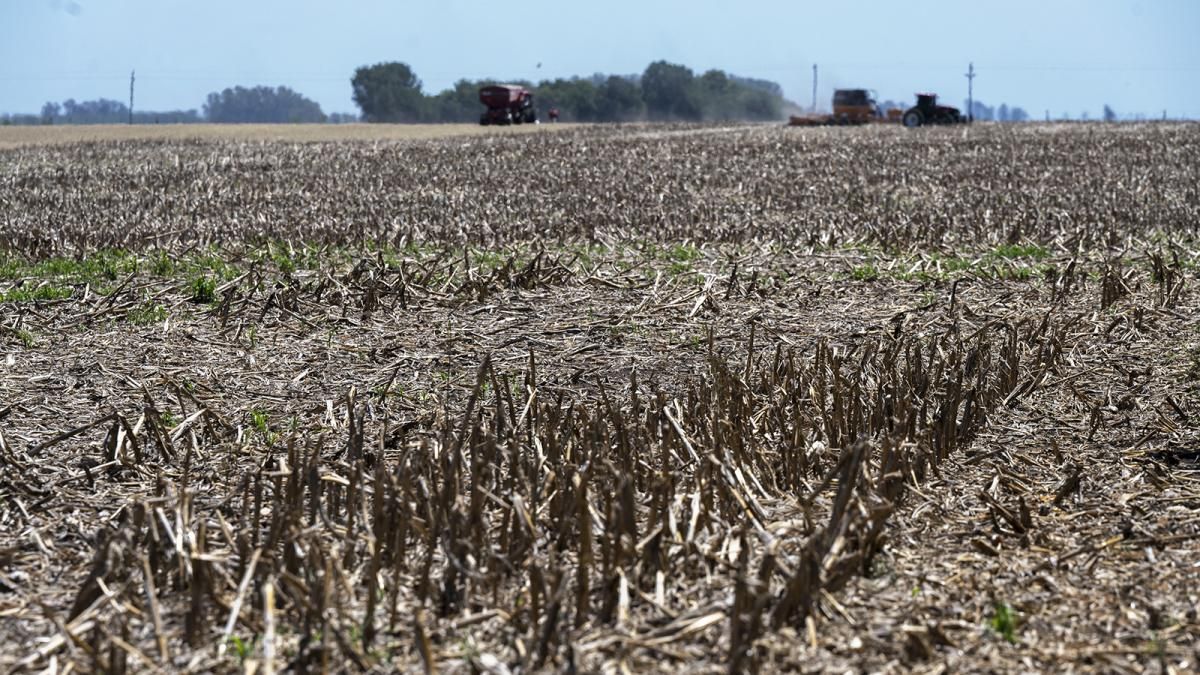According to the BCCBA, the low rainfall and high temperatures caused a deterioration in water reserves, generating a negative impact on potential returns and a delay of 3 percentage points compared to the average of the last five campaigns.
“Although in recent days there has been rainfall that could improve the situation, irreversible damage is already counted in some areasmainly in crops implanted early,” the entity considered.
Soybean: impact of the drought on production volumes
In this scenario, the US Department of Agriculture (USDA), the Rosario Stock Exchange and the Buenos Aires Grain Stock Exchange lowered their production estimates.
In the case of the North American body, the cutout it was of four million tonswhile the estimate of the Rosario organism was more pessimistic and reduced it by 12 million tonsplacing it in 37 million tonsthe lowest value of the last five campaigns.
For her part, the Port bag located the harvest of soy at an intermediate value of 41 million tons, cutting by 7 million tons compared to the previous estimate.
Maize: impact of the drought on production volumes
in relation to cornBCCBA highlighted that planting work continueswith an advance in the first ten days of January of the 88% over the planned area by the Secretary of Agriculture of the Nation of 10.3 million hectares, which reflects a slightly behind average.
In this case and according to the analysis of the Cordovan entity, the dry weather of the last three months of 2022 complicated the development of the crop in those lots that sowed early, while, on the other hand, made it difficult to implant late batchesmainly in the province of Córdoba.
However, the rainfall of the last weeks allowed to advance with the sowing tasks and could mitigate the negative effect on yields. In this regard, the Rosario Stock Exchange cut its production estimate by 5 million tons, going from 50 to 45 million tons. The USDA, for its part, lowered its estimate by 3 million tonsbut maintains production as one of the largest in recent years.
Source: Ambito
David William is a talented author who has made a name for himself in the world of writing. He is a professional author who writes on a wide range of topics, from general interest to opinion news. David is currently working as a writer at 24 hours worlds where he brings his unique perspective and in-depth research to his articles, making them both informative and engaging.




